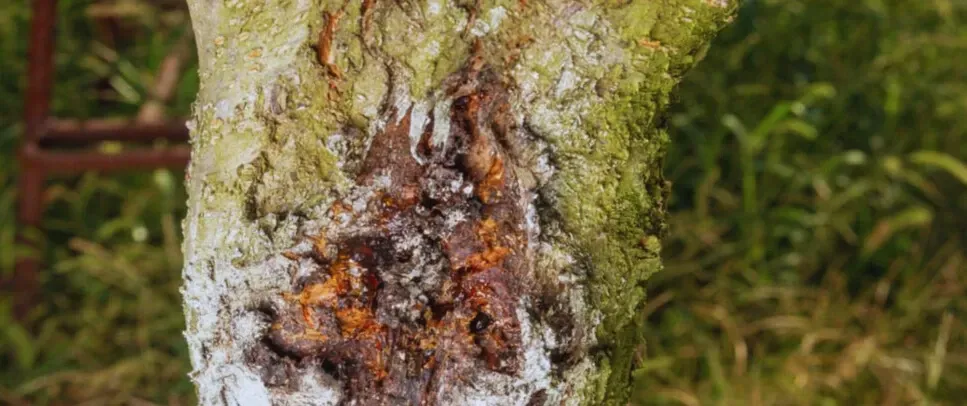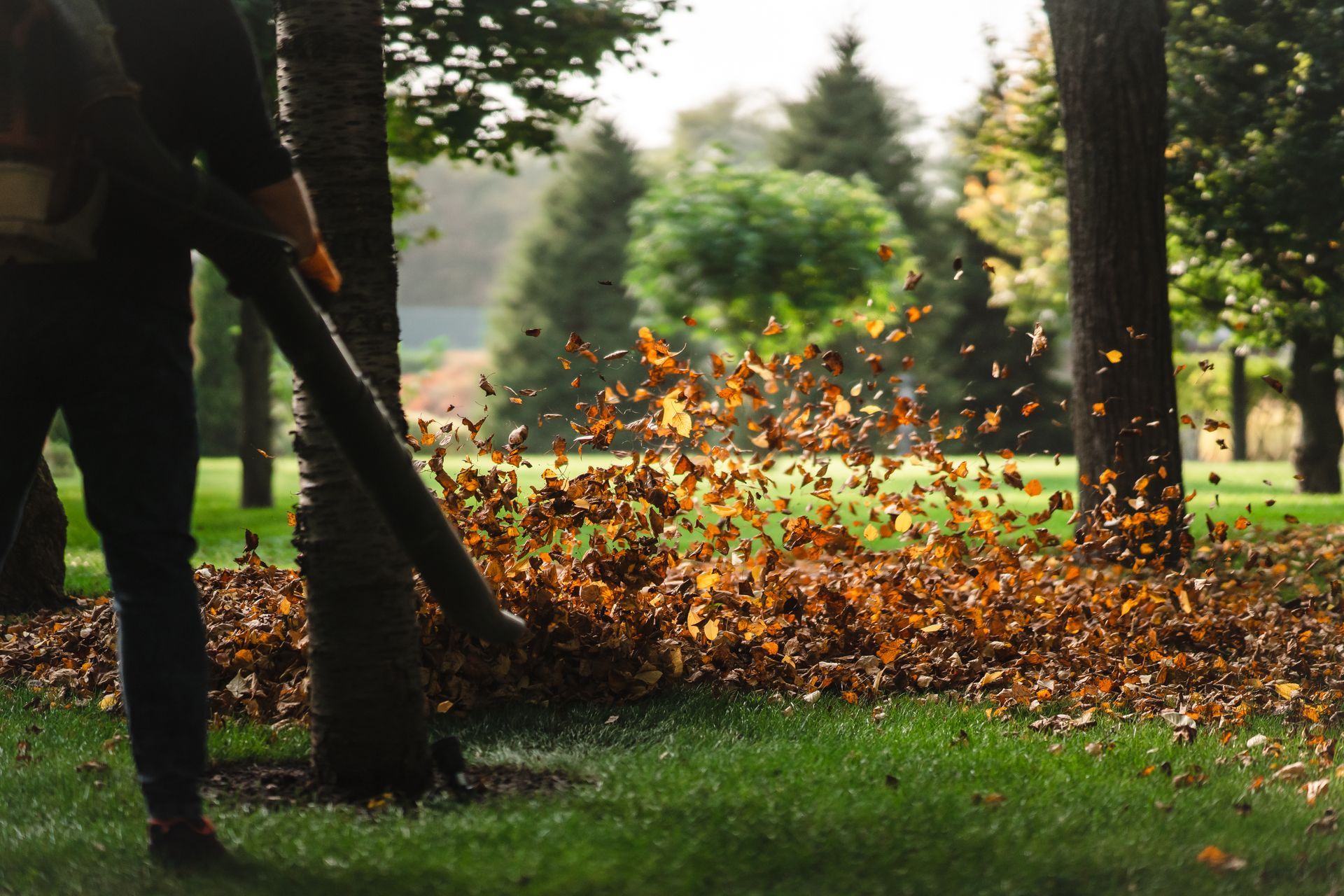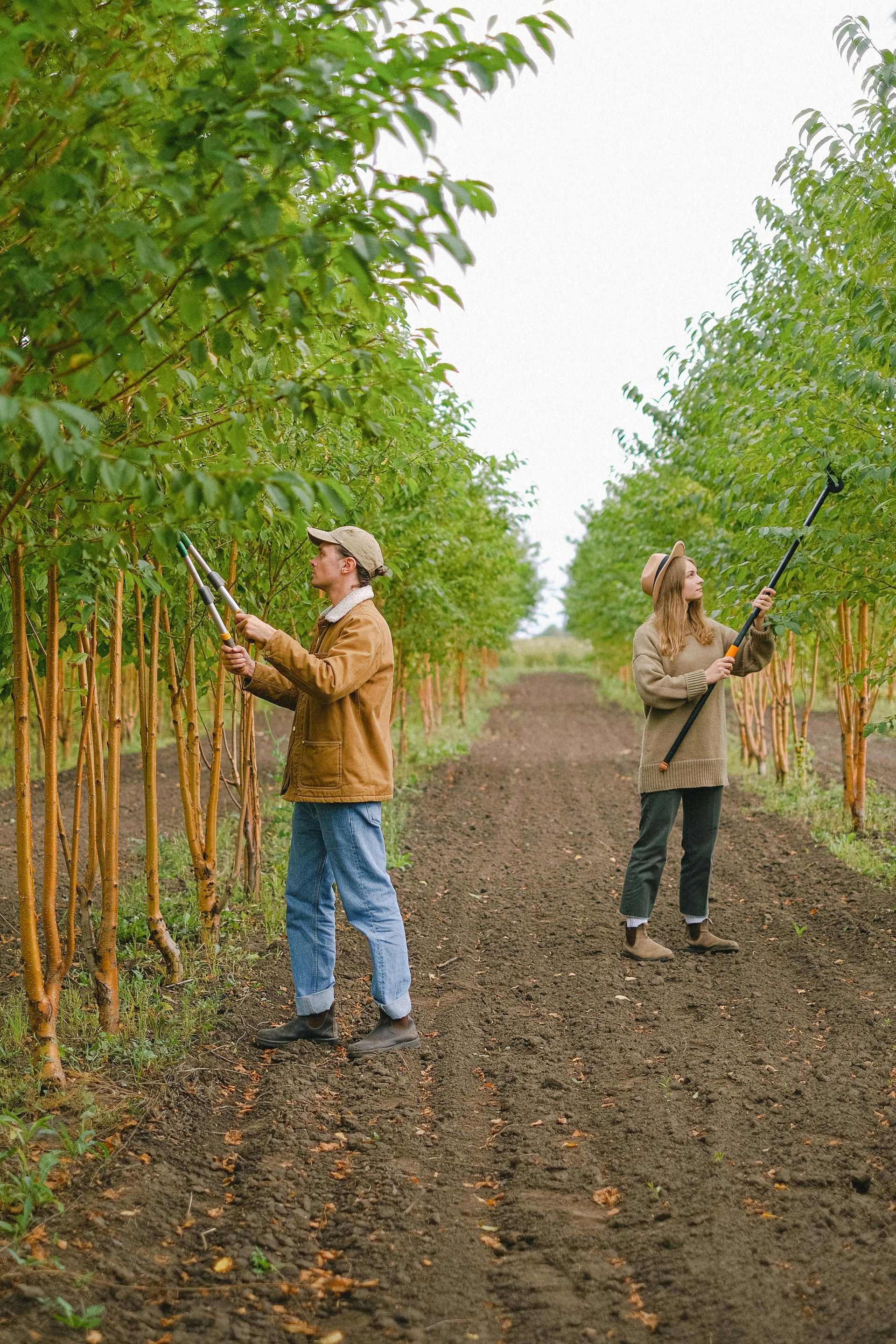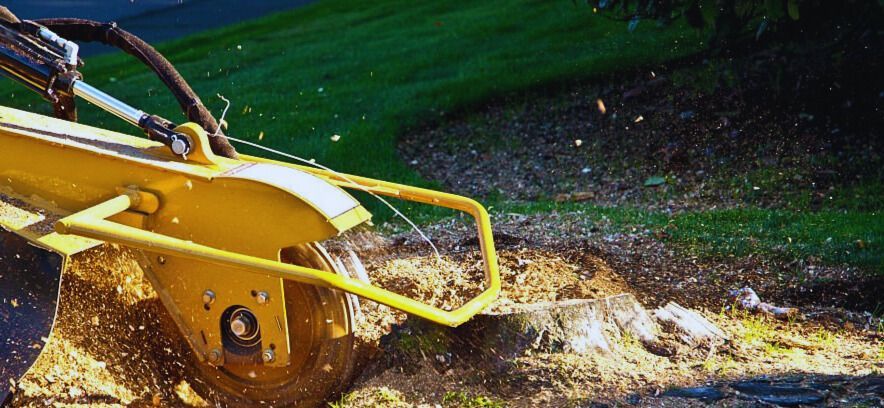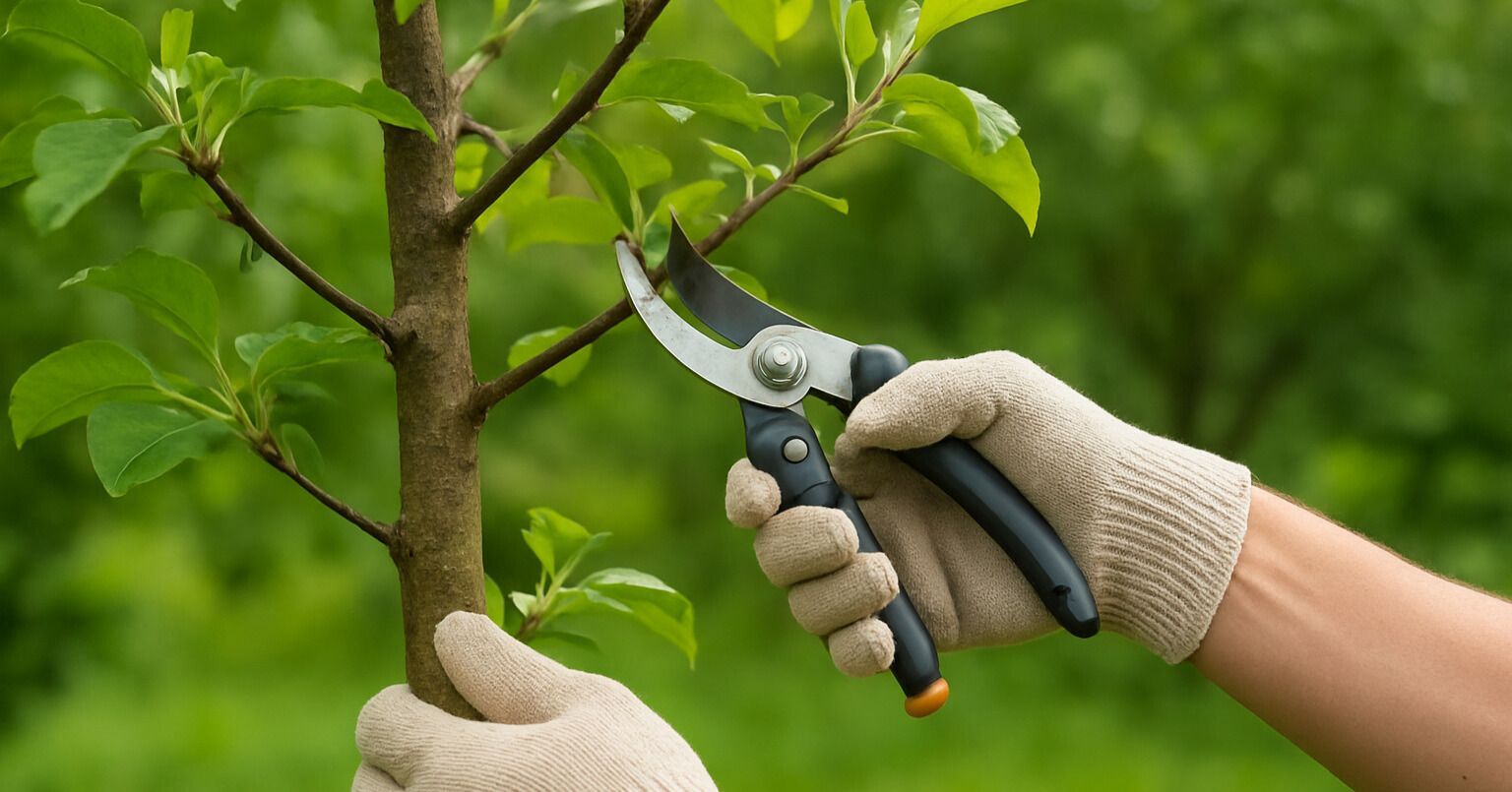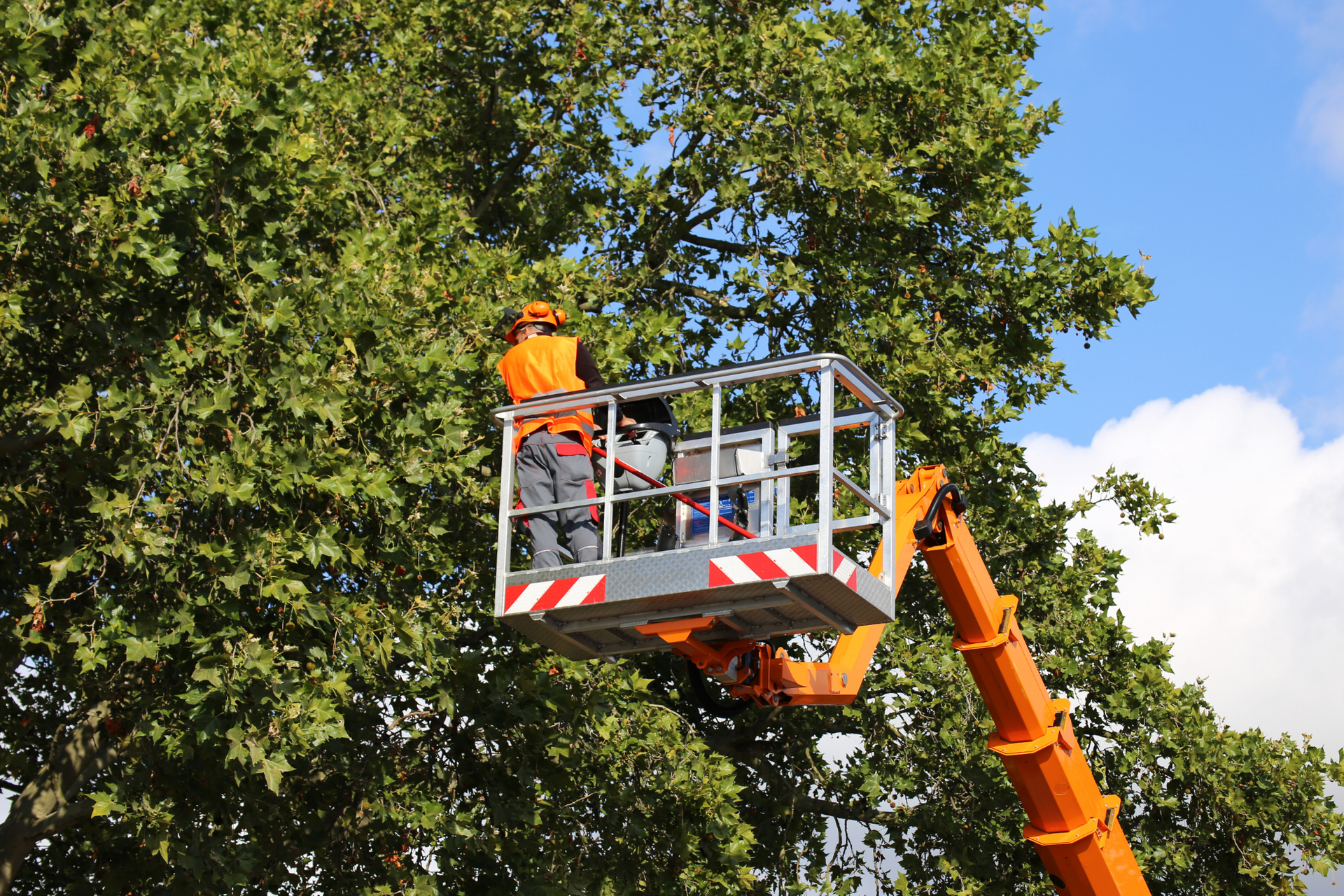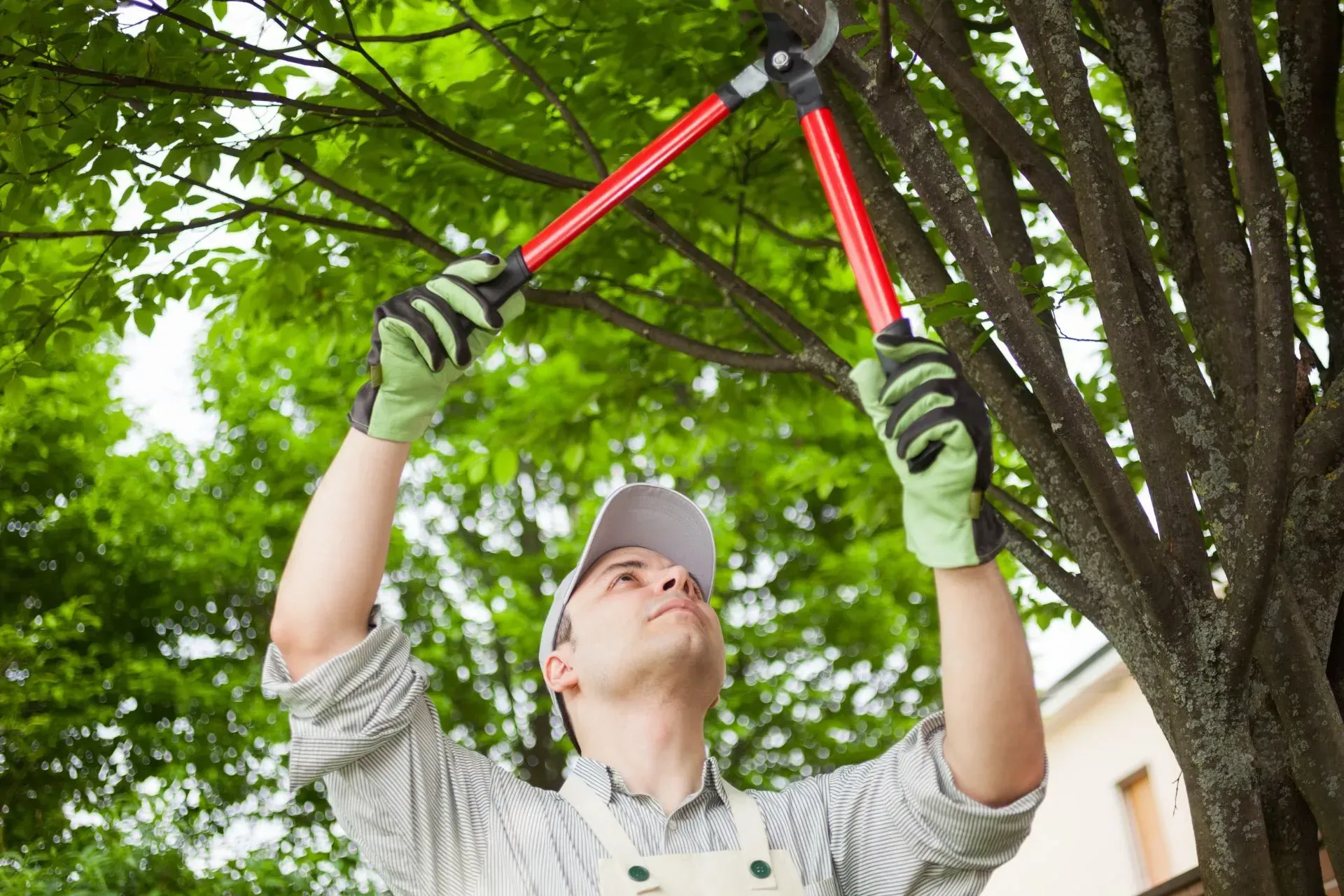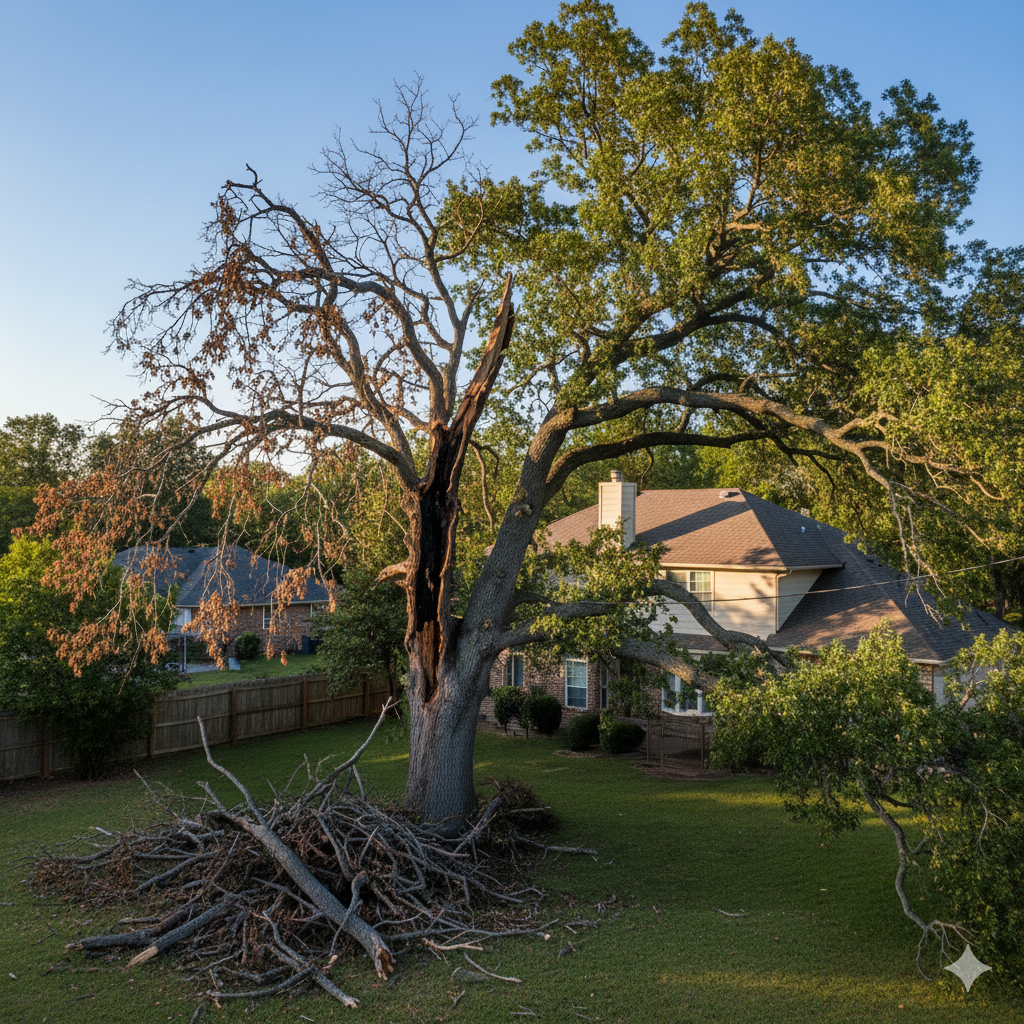Why Professional Tree Care Is Essential for Your Property's Value and Safety
Covina Tree Service is your trusted local expert for comprehensive tree care in Covina, California, and the surrounding areas. With a commitment to safety, professionalism, and customer satisfaction, they provide high-quality tree solutions for both residential and commercial properties.
Top Three Services:
- Tree Removal
Safe and efficient removal of hazardous, damaged, or unwanted trees to protect your property and landscape. - Tree Trimming & Pruning
Expert trimming and pruning to encourage healthy growth, improve appearance, and prevent safety risks. - Emergency Tree Service
24/7 rapid response for storm-damaged or dangerous trees to ensure your safety and peace of mind.
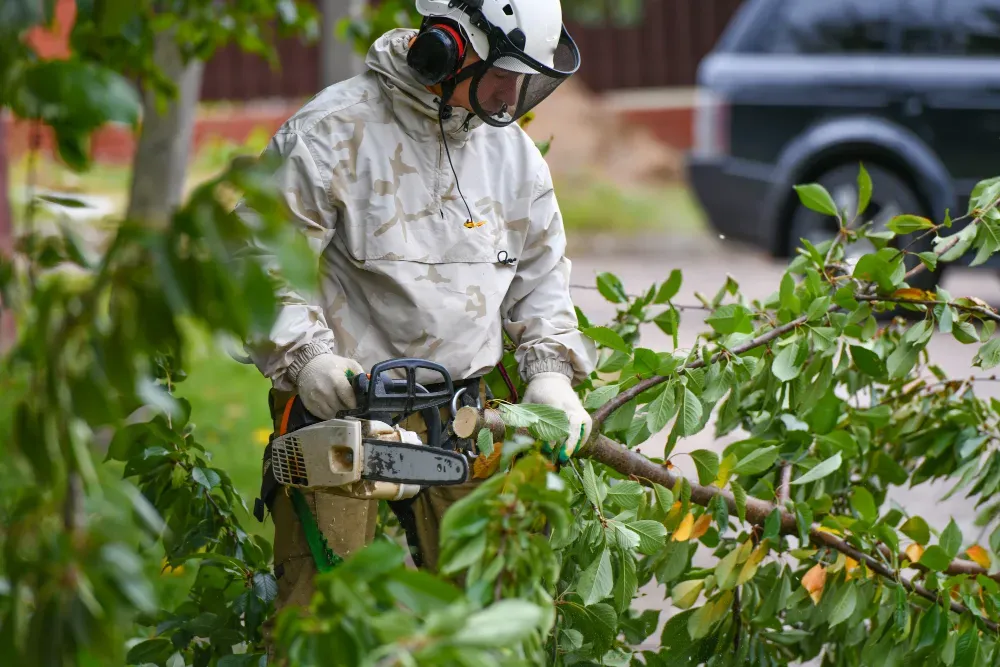
Trees are silent guardians of our properties. They provide shade on hot summer days, create privacy from nearby neighbors, and add natural beauty to any landscape. But trees need regular care to stay healthy, safe, and beautiful. Without proper maintenance, they can become hazards rather than assets.
Good tree care isn't just about keeping your yard looking nice. It's about protecting your investment, ensuring safety, and contributing to a healthier environment. Let's explore why professional tree care services are so important and how they can transform your property.
Understanding the Importance of Regular Tree Maintenance
Many homeowners don't think about their trees until there's an obvious problem. Maybe a storm breaks a large branch, or leaves start falling at unusual times. By then, the issue might have already caused damage that could have been prevented.
Regular tree maintenance is like getting checkups at the doctor. It helps catch small problems before they become big ones. Professional arborists can spot early signs of disease, pest infestations, or structural weaknesses that untrained eyes might miss.
How Proper Tree Care Impacts Property Value
Did you know that mature, healthy trees can increase your property value by up to 20%? It's true! Homes with well-maintained trees sell faster and for higher prices than similar homes without trees.
When potential buyers see beautiful, healthy trees, they see value. They imagine themselves enjoying shade in the summer, watching leaves change color in fall, and appreciating the character that established trees add to a property.
But unhealthy or poorly maintained trees have the opposite effect. Dead branches, leaning trunks, or signs of disease create red flags for buyers who might worry about safety risks or future removal costs.
The Link Between Tree Health and Environmental Benefits
Healthy trees don't just look good—they actively improve your local environment. A mature tree can:
- Absorb about 48 pounds of carbon dioxide per year
- Produce enough oxygen daily for two people
- Reduce air conditioning needs by 30%
- Filter airborne pollutants
- Reduce stormwater runoff and erosion
When trees get proper care, they live longer and provide these benefits for decades. Professional tree care ensures your trees can continue to clean the air, cool your property, and support local wildlife.
The Science Behind Healthy Tree Growth
Trees may seem simple, but they're actually complex living organisms with specific needs. Understanding what helps trees thrive is key to providing the right care at the right time.
Essential Nutrients and Conditions for Thriving Trees
Just like people, trees need proper nutrition to grow strong. The main nutrients trees need are:
- Nitrogen for leaf growth
- Phosphorus for root development
- Potassium for overall health
- Various micronutrients like iron and manganese
Professional tree care services can test your soil to see if it provides enough of these nutrients. They might recommend specific fertilizers or soil amendments based on what your trees need.
Beyond nutrients, trees also need:
- Adequate water (not too much, not too little)
- Proper sunlight exposure
- Sufficient space for roots to spread
- Protection from extreme weather conditions
Common Growth Issues and Their Solutions
Even with good conditions, trees can face problems that slow their growth or threaten their health. Common issues include:
- Compacted soil: Heavy foot traffic or construction can compress soil around tree roots, making it hard for them to get water and oxygen. Solutions include mulching and aerating the soil.
- Improper planting depth: Trees planted too deep or too shallow struggle to establish strong root systems. Professional replanting might be needed.
- Girdling roots: These roots wrap around the trunk instead of growing outward, eventually choking the tree. Root pruning by professionals can save affected trees.
- Water stress: Both drought and overwatering harm trees. Professional arborists can recommend proper watering schedules based on your tree species and local climate.
Early intervention for these issues leads to stronger, healthier trees that enhance your property for years to come.
Expert Tree Pruning and Trimming: More Than Just Aesthetics
Pruning isn't just about making trees look pretty. When done correctly, it's a crucial practice that supports tree health, safety, and longevity.
Professional tree trimming experts know exactly which branches to remove and when. They understand tree biology and make cuts that promote healing and strong growth patterns.
Seasonal Pruning Guidelines for Different Tree Species
Different trees benefit from pruning at different times:
- Deciduous trees (those that lose their leaves) often respond best to dormant pruning in late winter. This timing minimizes stress and reduces disease risk.
- Spring-flowering trees should be pruned right after they finish blooming.
- Evergreens generally need less pruning but benefit from light shaping in mid to late spring.
- Fruit trees require specialized pruning to maximize fruit production and allow light to reach all branches.
Tree trimming services understand these seasonal windows and adjust their approach accordingly. They also know which trees are prone to "bleeding" (losing sap) when cut at certain times and how to minimize this stress.
How Professional Trimming Prevents Future Problems
Strategic pruning does more than improve appearance—it prevents serious problems down the road. Professional trimming:
- Removes dead, dying, or diseased branches before they fall
- Thins crowded branches to improve air circulation and reduce disease risk
- Eliminates branches that cross and rub against each other, creating wounds
- Removes branches growing toward buildings, power lines, or traffic areas
- Creates stronger branch structures that resist storm damage
- Shapes young trees to develop strong frameworks that need less correction later
Without proper pruning, trees often develop weak structures that can lead to costly damage during storms. Professional tree pruning services use techniques that create stronger, more resilient trees that stay beautiful for decades.
When Tree Removal Becomes Necessary
Sometimes, despite our best efforts, tree removal becomes the safest option. While it's always sad to lose a tree, keeping a severely damaged or diseased tree can pose serious risks to people and property.
Signs That Indicate a Tree May Need Removal
Watch for these warning signs that a tree might need to come down:
- Large dead branches throughout the crown
- Trunk decay or large cavities
- Major splits or cracks in the trunk
- Leaning more than 15 degrees from vertical
- Root damage affecting more than 40% of the root system
- Extensive fungal growth around the base
- Multiple large branches attached at the same point on the trunk
- History of dropped branches during mild weather
If you notice any of these signs, it's time to call a professional tree service for an assessment.
Safety Concerns with Damaged or Diseased Trees
A tree that's structurally compromised becomes unpredictable. Even on calm days, branches or entire trees can fall without warning. The average weight of a mature tree can exceed several tons—making fallen trees extremely dangerous.
Damaged trees also pose risks to:
- Homes and buildings
- Vehicles
- Power lines
- Neighboring properties
- Children playing nearby
- Pets in the yard
Professional tree removal services prioritize safety above all else. They have the equipment and expertise to remove dangerous trees without causing further damage.
The Professional Tree Removal Process Explained
Safe tree removal involves several careful steps:
- Assessment: Professionals evaluate the tree's condition, surroundings, and safest removal approach.
- Planning: They determine drop zones, equipment needs, and whether special techniques like sectional dismantling are required.
- Preparation: The area is secured, and protection measures for nearby structures are put in place.
- Controlled cutting: Using specialized equipment, professionals remove the tree in sections or as a whole, depending on the situation.
- Stump removal: Most services offer stump grinding or removal to completely clear the area.
- Cleanup: All debris is removed, leaving your property clean and ready for new landscaping if desired.
Professional tree removal solutions ensure this complex process happens safely and efficiently.
Transforming Your Property with Strategic Tree Maintenance
Well-maintained trees don't just exist on your property—they transform it. Strategic tree care creates outdoor spaces that feel designed, comfortable, and valuable.
Designing with Trees: Placement and Selection Tips
The right trees in the right places make all the difference:
- Deciduous trees on the south and west sides of your home provide summer shade but allow winter sunlight.
- Evergreens on the north side block cold winter winds.
- Ornamental trees near patios and entrances create focal points and seasonal interest.
- Fast-growing shade trees can cool outdoor living areas.
Professional tree services can help recommend species that:
- Thrive in your specific soil and climate
- Won't outgrow their space or interfere with utilities
- Provide the benefits you're looking for (privacy, shade, flowers, fall color)
- Resist common local pests and diseases
With expert guidance, you can select trees that will enhance your property for generations with minimal maintenance issues.
How Well-Maintained Trees Boost Curb Appeal
First impressions matter, and trees are often the first thing people notice about a property. Trees that are properly pruned, healthy, and thoughtfully placed create an immediate positive impression.
Well-maintained trees:
- Frame your home attractively
- Create depth and dimension in your landscape
- Add seasonal color and interest
- Make your property look established and cared for
- Create a sense of privacy and tranquility
Professional tree maintenance services ensure your trees enhance rather than detract from your home's appearance. They create clean, natural lines through proper pruning and shape trees to complement your home's architecture.
DIY Tree Care vs. Hiring Professional Arborists
While there are some tree care tasks homeowners can handle themselves, others require professional knowledge and equipment.
What Homeowners Can Safely Handle Themselves
For smaller trees and basic maintenance, homeowners can often manage:
- Watering during dry periods
- Adding mulch around the base (keeping it away from the trunk)
- Light pruning of branches less than 1 inch in diameter
- Seasonal cleanup of fallen leaves and twigs
- Basic monitoring for obvious issues
Even when doing these simpler tasks, always prioritize safety. Never work on trees near power lines, and stay on the ground when pruning.
When to Call in the Tree Care Experts
Professional tree services should handle:
- Any pruning requiring a ladder or climbing
- Removal of branches larger than 2 inches in diameter
- Work on trees near structures or power lines
- Disease diagnosis and treatment
- Cabling or bracing of weak branches
- Tree removal of any size
- Stump grinding
- Work requiring specialized tools like chainsaws or bucket trucks
Professional arborists bring years of training, proper insurance, and specialized equipment to these tasks. They can complete the work safely and correctly, protecting both you and your trees.
Seasonal Tree Care: A Year-Round Approach
Trees have different needs throughout the year. Understanding these seasonal requirements helps you provide better care.
Spring and Summer Tree Maintenance Tasks
The growing season is busy for tree care:
- Early spring: Perfect for deep root fertilization before the growing season starts
- Mid-spring: Monitor for emerging pests and diseases as leaves appear
- Late spring: Prune spring-flowering trees after blooms fade
- Early summer: Check irrigation needs during hot weather
- Mid-summer: Watch for signs of drought stress or pest problems
- Late summer: Avoid major pruning which can stimulate growth too late in the season
Professional tree maintenance services schedule their work around these natural cycles. They know which treatments work best at different times and can create a care calendar specific to your trees.
Fall and Winter Tree Care Essentials
The dormant season is ideal for many important tree care activities:
- Early fall: Plant new trees so roots can establish before winter
- Mid-fall: Apply anti-desiccant sprays to evergreens in harsh winter areas
- Late fall: Remove leaves and debris to prevent disease
- Early winter: Add mulch to protect roots from freezing
- Mid-winter: Prune dormant deciduous trees for structure
- Late winter: Remove snow loads from branches carefully to prevent breakage
Healthy tree growth services focus on this year-round approach, ensuring your trees receive the right care at the right time.
Trees are living investments that grow more valuable with age—but only when they receive proper care. Professional tree services bring specialized knowledge that helps your trees thrive while keeping your property safe and beautiful.
From pruning that enhances structure to treatments that prevent disease, expert tree care makes all the difference. And when safety concerns arise, professional removal services ensure problems are handled correctly.

